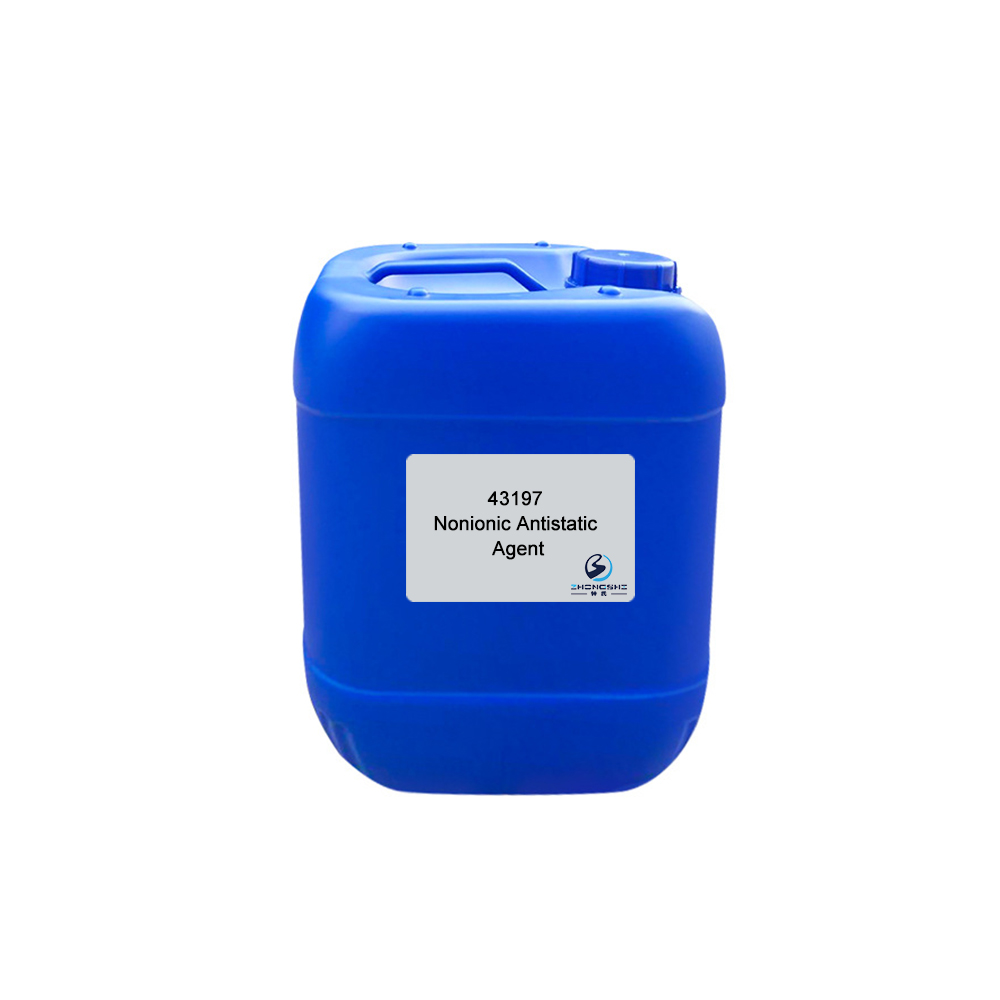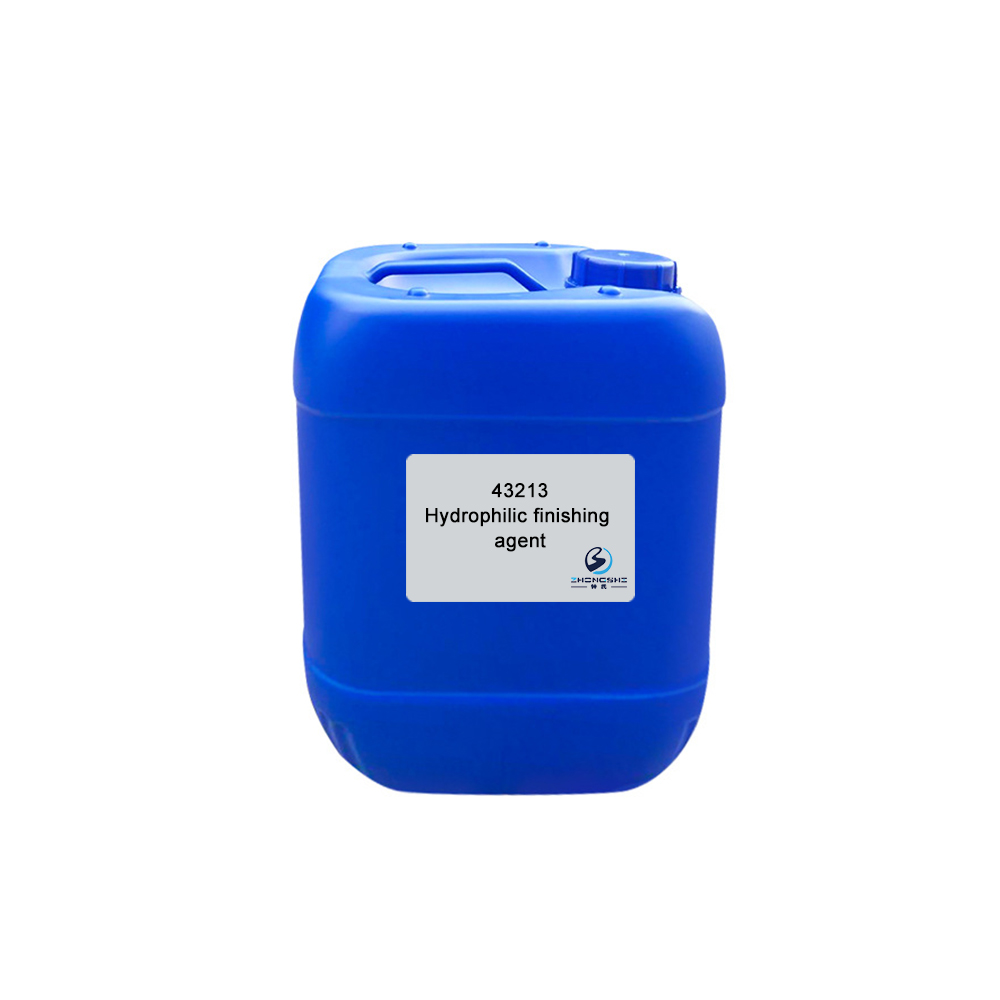43197 Nonionic Antistatic Agent
Features & Benefits
- Excellent antistatic property, conductivity, anti-staining property and anti-dust property.
- Excellent compatibility. Can be used together with fixing agent and silicone oil in same bath.
- Improves anti-pilling property of fabrics.
Typical Properties
| Appearance: | Colorless transparent liquid |
| Ionicity: | Nonionic |
| pH value: | 6.0±1.0 (1% aqueous solution) |
| Solubility: | Soluble in water |
| Content: | 20% |
| Application: | Various kinds of fabrics |
Package
120kg plastic barrel, IBC tank & customized package available for selection
TIPS:
Textiles constitute a large and diverse group of materials which have been widely used in apparel, domestic, medical and technical applications. The application of color to textiles, in particular in fashion, is a multidimensional area of activity where aesthetical, social, psychological, creative, scientific, technical and economic aspects come together in the design of the final product. Textile coloration is truly the area where Science and Technology meet Creativity.
Textiles are specific types of materials characterized by a unique combination of properties including strength, flexibility, elasticity, softness, durability, heat insulation, low weight, water absorbency/repellence, dyeability and resistance to chemicals. Textiles are inhomogeneous and unisotropic materials displaying highly non-linear viscoelastic behavior and dependence on temperature, humidity and time. In addition to this all textile materials without exception have a statistical nature so that all their properties are characterized by (sometimes unknown) distribution. In broad terms, properties of textile materials depend on physical and chemical properties of the fibers from which they are made and on material structure where the latter is defined both by the fiber properties and the production process which in turn may affect the fiber properties on their way through the processing line.









